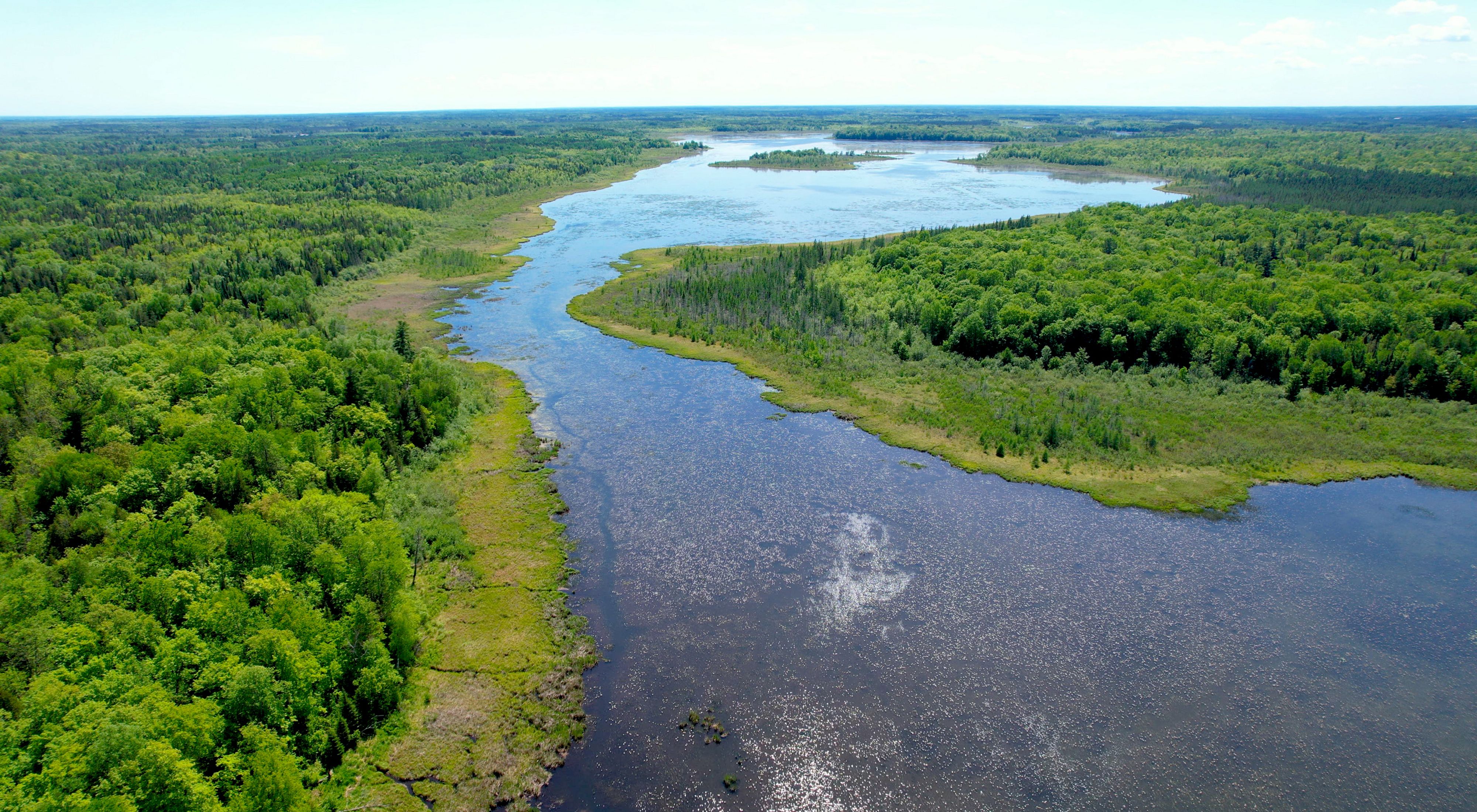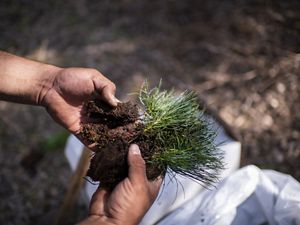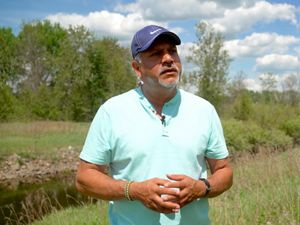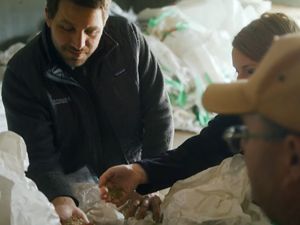Investing in Nature Is Both Popular and Sound in Minnesota
New survey, study show support and economic impact of natural climate solutions
Media Contacts
-
Chris Anderson
Marketing Director
The Nature Conservancy in Minnesota
Phone: 612-845-2744
Email: canderson@tnc.org
Download the Report
Investing in Minnesota’s forests, grasslands, wetlands and farms is immensely popular and would provide a huge economic return, according to new data released today by The Nature Conservancy.
“We have an incredible opportunity in 2023 to invest in our lands and waters to ensure they remain healthy and productive,” said Ann Mulholland, director of The Nature Conservancy in Minnesota. “Plus, we know there are significant economic benefits from investing in nature.”
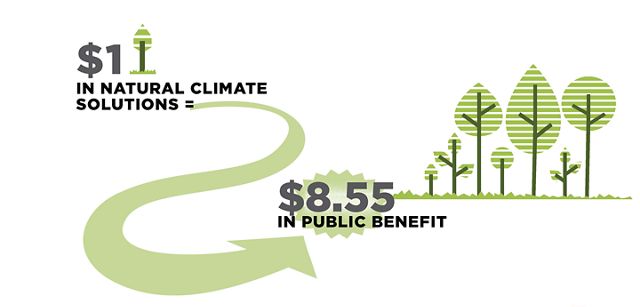
Three-quarters of Minnesota voters surveyed this year support state lawmakers investing $200 million in natural climate solutions, which are conservation, restoration and improved land management actions that also increase carbon storage or avoid greenhouse gas emissions.
Support is widely shared across rural, suburban and urban areas as well as across party lines. The survey was conducted by the bipartisan research team of New Bridge Strategy (R) and FM3 Research (D) and funded by The Nature Conservancy.
In addition, the survey found that almost 80% of voters believe Minnesota can have a clean environment and a strong economy.
A new study completed by Earth Economics for The Nature Conservancy on the economic impact of natural climate solutions provides validation for this view. Fully implemented, natural climate solutions would provide Minnesota with $37 billion in ecosystem services per year, 5,200 jobs and $148 million in annual wages.
Quote: Ann Mulholland

The time is right for a bold one-time investment and a commitment to ongoing support for natural climate solutions.
The billions of dollars in ecosystem services would flow each year from abundant, well-managed forests, grasslands and wetlands— including the valuable benefits of clean water and air, flood control, drought relief, wildlife habitat and outdoor recreation.
Natural climate solutions also provide an excellent return on investment. For every $1 invested, Minnesota would receive $8.55, the study found. That is because natural climate solutions are, on average, half as expensive as built infrastructure, yet they provide more value due to the additional benefits they produce.
“State lawmakers ought to seize the opportunity to invest in strategies like planting trees in forests and communities, increasing tree seedling production, growing cover crops on farmlands and protecting natural areas,” Mulholland said. “The time is right for a bold one-time investment and a commitment to ongoing support for natural climate solutions.”
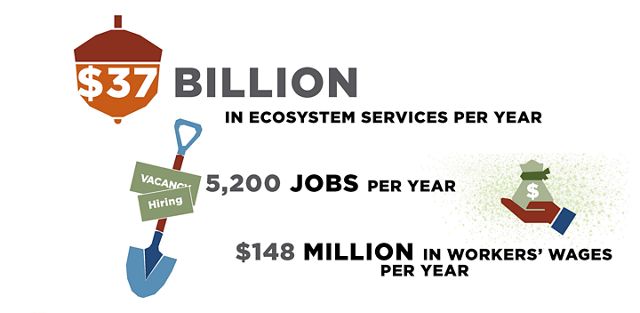
Natural climate solutions are critical to addressing climate change. Through conservation, restoration and better management, Minnesota can offset 26 million metric tons in emissions a year. That is equivalent to eliminating seven coal plants and would help Minnesota achieve 15% of the emissions reductions needed to accomplish its goal of becoming carbon neutral by 2050.
“We cannot meet our emissions reductions targets if we do not protect our lands, waters and wildlife habitat, which benefit us in so many ways. Investing in natural climate solutions will help protect the environment, keeping it healthy for future generations, and will benefit our economy,” Mulholland said.
The Nature Conservancy is a global conservation organization dedicated to conserving the lands and waters on which all life depends. Guided by science, we create innovative, on-the-ground solutions to our world’s toughest challenges so that nature and people can thrive together. We are tackling climate change, conserving lands, waters and oceans at an unprecedented scale, providing food and water sustainably and helping make cities more sustainable. The Nature Conservancy is working to make a lasting difference around the world in 81 countries and territories (40 by direct conservation impact and 41 through partners) through a collaborative approach that engages local communities, governments, the private sector, and other partners. To learn more, visit nature.org or follow @nature_press on X.
